
This undated combination photo provided by the Nanjing Institute of Geology and Paleontology under the Chinese Academy of Sciences shows the fossil sample of an ancient male mosquito (L) and the amber flake that encapsulates the mosquito. (Photo provided to China Daily)
Fossil: Male mosquitoes sucked blood 130 million years ago
A study led by a researcher from the Chinese Academy of Sciences' Nanjing Institute of Geology and Paleontology and the Lebanese University has extended the fossil record of mosquitoes by nearly 30 million years and has revealed that ancient male mosquitoes were also bloodsuckers.
The study was published online on Monday in the journal Current Biology, which unveiled the remarkable discovery of the oldest-known mosquito fossils — two males entombed in pieces of amber dating back 130 million years during the Cretaceous Period and found near the town of Hammana in Lebanon.
Dany Azar, the Lebanese researcher who led the study, said the fossils not only shed light on the ancient origins of mosquitoes but also revealed their feeding habits during the early stages of their evolution.
"The fossils are from Lower Cretaceous. ... During this period, we witnessed how the mosquito group is evolving ... and this gives us an idea about their hematophagy (the behavior of feeding on blood)," said Azar, who has been working on amber and its inclusions for more than 25 years.
Before the recent findings and their study, only female mosquitoes were known to suck blood, which they need for protein to produce their eggs. Males, which lack skin-piercing mouthparts, mostly feed on nectar and plant juices.
Azar and his research team have now reported that at least some ancient male mosquitoes sported sharp mandibles and a long appendage with toothlike bristles, similar to the modern female mosquito's skin-piercing mouthparts.
Currently, there are over 3,000 different species of mosquitoes, but the understanding of their origins and early evolution is limited.
The feeding habits of insects, such as bloodsucking, believed to have evolved from their piercing mouthparts. However, studying the evolution of this behavior has been challenging due to the lack of insect fossil records, Azar said.
While reexamining the mosquito fossils last year, Azar, then a professor at the Lebanese University, found some interesting features, but further research required advanced equipment.
In February, he joined the Nanjing Institute of Geology and Paleontology, where he used scientific techniques such as confocal laser scanning microscopy — a type of fluorescence microscopy — to identify the two fossilized mosquitoes as males.
He found that their unique piercing mouthparts, including triangular-jawed mandibles and elongated maxillary palps with small toothlike bristles, very similar to female mosquitoes today, had been preserved well. Their sharp mandibles gradually degenerated over the centuries.
Based on the findings, the researchers agreed that male mosquitoes fed on blood 130 million years ago.
Huang Diying, a researcher from the Nanjing Institute of Geology and Paleontology, said that when angiosperms — or vascular seed plants — became abundant, many male mosquitoes switched to feeding on energy-rich nectar, instead of blood.
"Bloodsucking is a risky behavior, as they could have died in the process," Huang said.
Azar, who is now a professor at the Nanjing institute, said it was among the few institutions in the world dedicated to paleontology. He said he hopes that joint scientific expeditions can be widely conducted in the future to facilitate more discoveries.











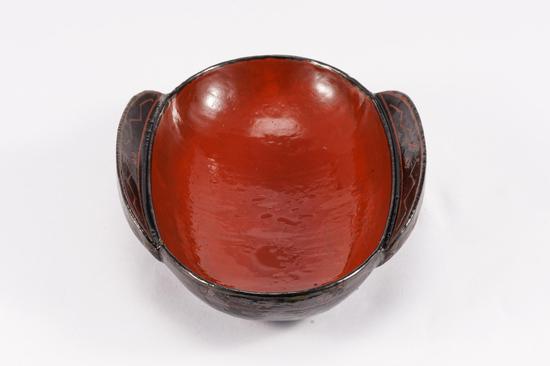





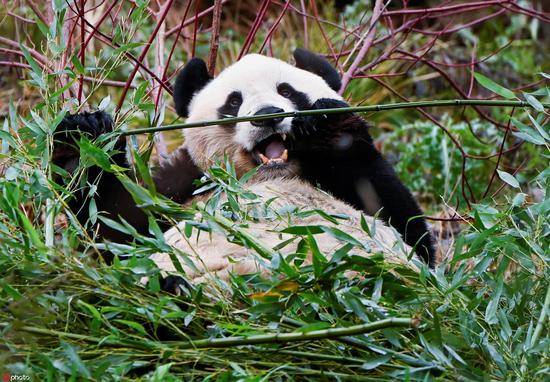













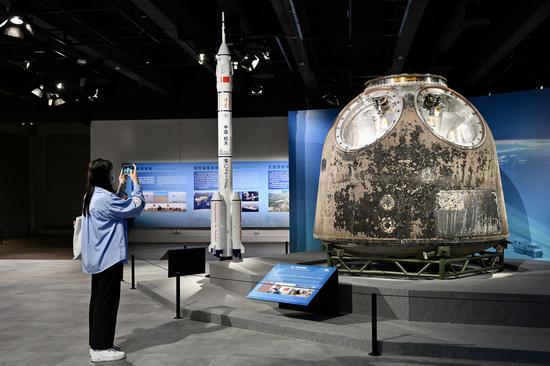



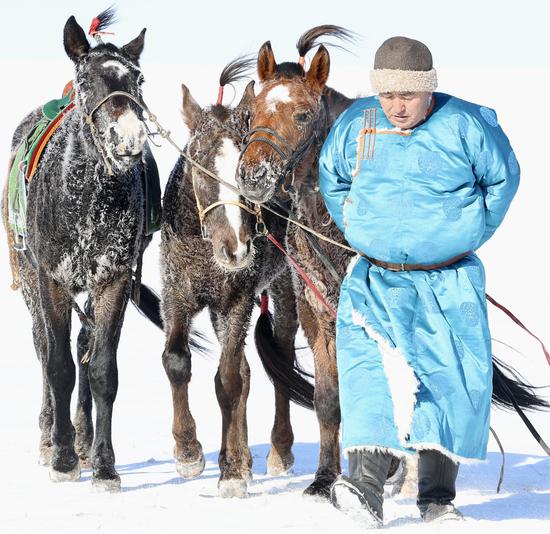



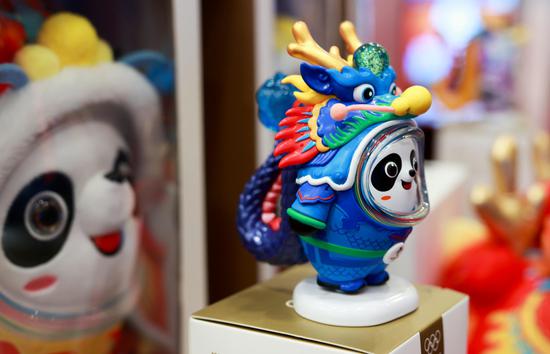
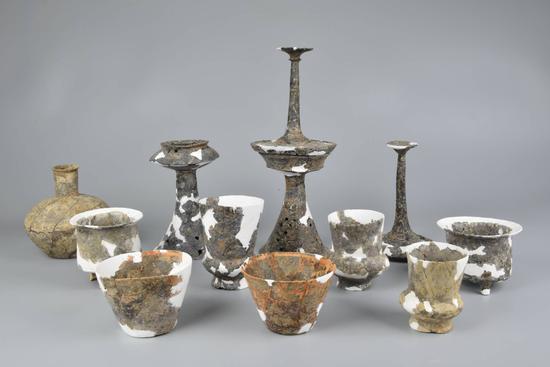









 京公網(wǎng)安備 11010202009201號(hào)
京公網(wǎng)安備 11010202009201號(hào)